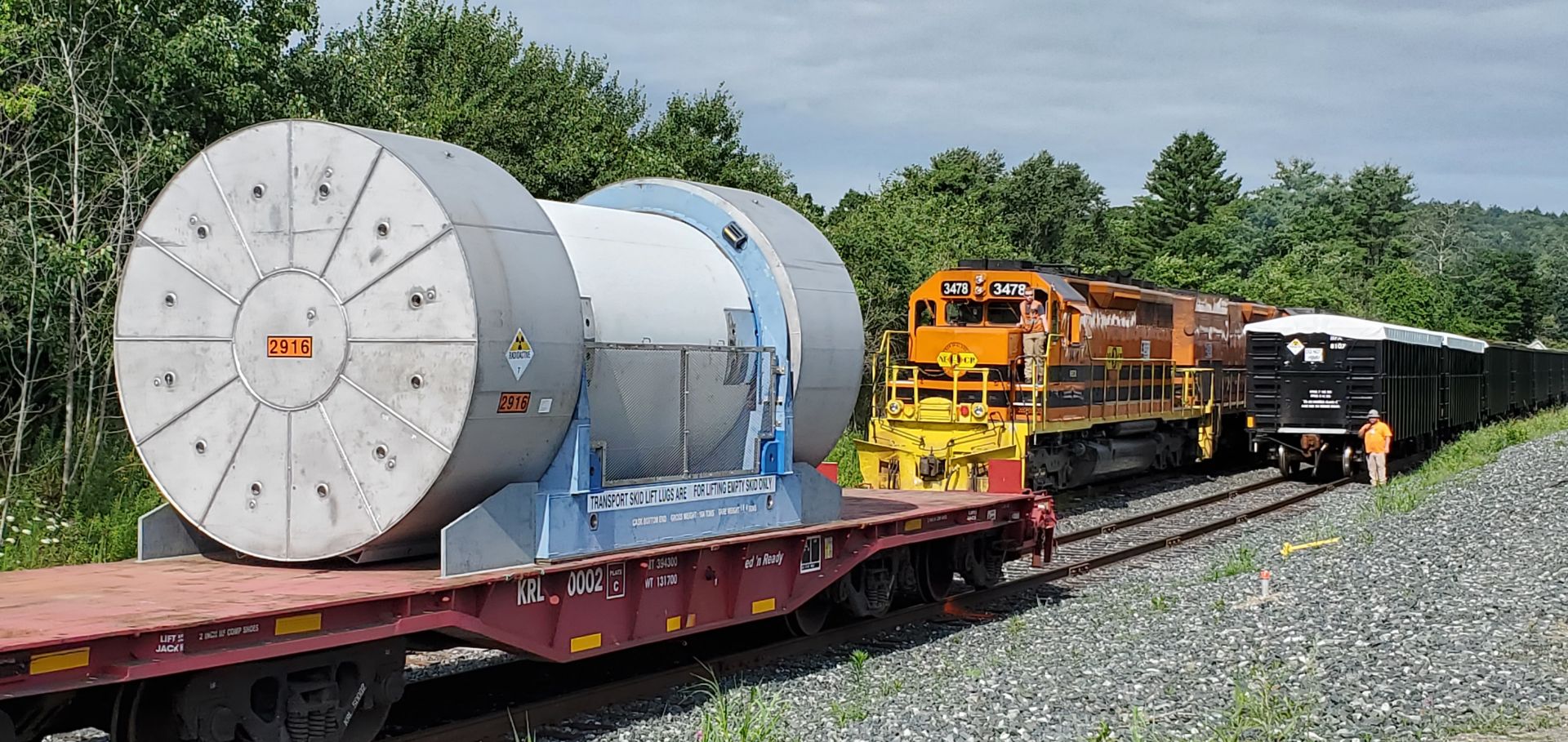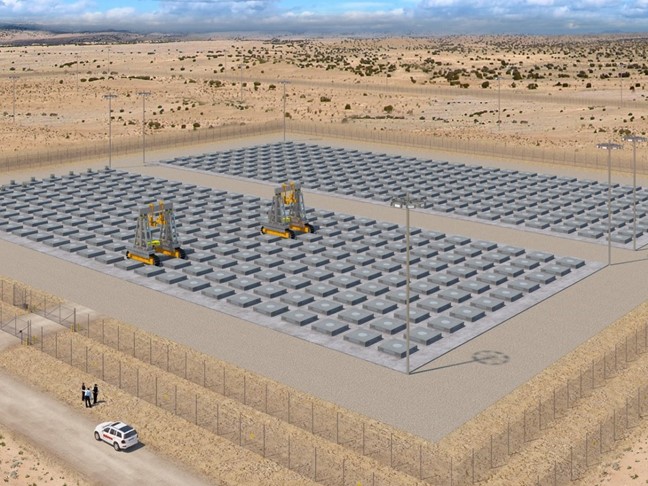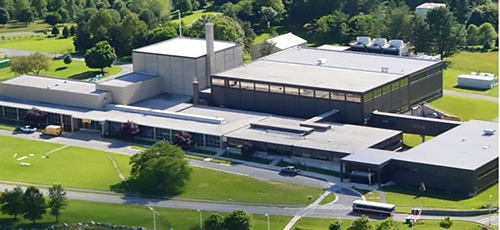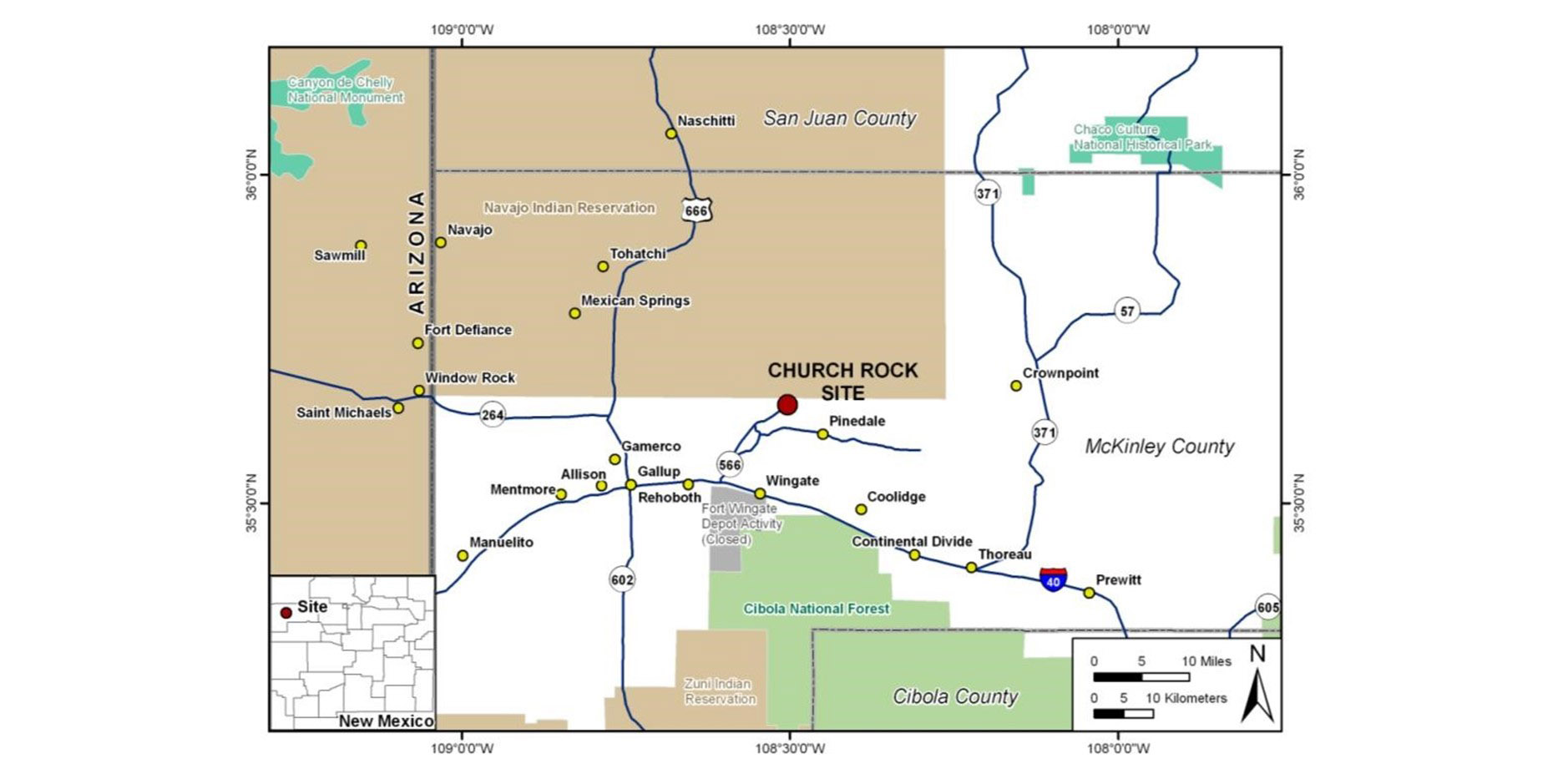A south-facing view of the Dillard Science and Engineering Research Center at Abilene Christian University, scheduled for completion in the summer of 2023. The new facility will provide space for ACU’s NEXT Lab, as well as for research in chemistry, physics, and engineering.
Abilene Christian University’s Nuclear Energy eXperimental Testing (NEXT) Lab continues to make progress toward building a molten salt research reactor (MSRR) on the university’s campus. NEXT Lab submitted an application for a construction permit to the Nuclear Regulatory Commission last August, and in November the agency announced it had docketed the application—the first for a new research reactor in more than 30 years.
The Diablo Canyon nuclear power plant.
The Nuclear Regulatory Commission announced that an agency licensing board will hold oral arguments in a challenge to Pacific Gas and Electric’s application to renew its license for the Diablo Canyon independent spent fuel storage installation in California.
The arguments, which will be open to the public, will be heard by an NRC Atomic Safety and Licensing Board on May 24 beginning at 1 p.m. eastern time.
The Kewanee nuclear power plant is located along the shore of Lake Michigan. (Photo: EnergySolutions)
EnergySolutions subsidiary KewauneeSolutions is hoping to begin site restoration work at the closed Kewaunee nuclear power plant in Wisconsin later this year and has submitted a request to the Nuclear Regulatory Commission to use the plant’s decommissioning trust fund to do so.
The University of North Texas, one of the NRC grant recipients. (Photo: Michael Barera)
The Nuclear Regulatory Commission has announced its Minority-Serving Institutions Grants Program (MSIG) awards for fiscal year 2023. Four institutions were granted a total of $997,943: University of North Texas ($400,000 for fellowships), University of Central Florida ($397,943 for fellowships), University of Nevada–Las Vegas ($100,000 for scholarships), and Virginia Commonwealth University ($100,000 for scholarships).
More details about the grants for this year will be posted on the NRC’s grant awards website, where recipients of awards from previous years can also be seen.
A loaded MP197HB cask is prepared for departure from the Vermont Yankee decommissioning site to West Texas. (Photos: Orano TN)
The rapid changes in the nuclear energy industry over the last decade, driven in part by fluctuating energy market prices and an aging fleet of reactors, have led to the closure of multiple reactors in the United States and other countries. These closures have increased the need for larger and more efficient ways to manage low-level radioactive waste processing and transport capacities. The safe transport of radioactive material is a key component of the overall nuclear industry reliability. Though sometimes perceived as a bottleneck and costly, it is necessary to send waste material to disposal.
A rendering of Holtec’s proposed HI-STORE CISF in New Mexico. (Image: Holtec)
New Mexico has passed legislation aimed at preventing Holtec International from constructing and operating a consolidated interim storage facility (CISF) for spent nuclear fuel in the state. On March 17, hours after being passed by the New Mexico House on a 35-28 vote, Democratic Gov. Michelle Lujan Grisham signed SB 53, which prohibits the storage and disposal of radioactive waste in New Mexico without the state’s consent.
The SSSB wet pit, which once held spent naval nuclear fuel, is demolished. (Photo: APTIM)
Nuclear dismantling and decommissioning company APTIM said it is on schedule to wrap up field activities decommissioning the U.S. Navy’s Surface Ship Support Barge (SSSB) by April, with project closure slated for June. The company announced yesterday that its team has completed the demolition of the barge’s former spent fuel water pool, also referred to as the “wet pit,” or the heart of the vessel.
SHINE’s isotope production building, called the Chrysalis, under construction in October 2022. (Photo: SHINE)
The Nuclear Regulatory Commission has issued its final safety evaluation report (SER) related to the operating license application for SHINE Technologies' large-scale medical isotope production facility, known as The Chrysalis, in Janesville, Wis. The SER documents the results of NRC staff’s technical and safety review of SHINE’s application. SHINE announced the NRC’s decision on February 27.
A record of decision concerning the proposed issuance of the operating license will be published by the NRC at a future date.
The La Crosse site in 2019 with major decommissioning completed. The coal-fired Genoa plant is in the background. (Photo: EnergySolutions)
The Nuclear Regulatory Commission announced that it has released the site of the La Crosse boiling water reactor in Wisconsin for unrestricted public use. The action comes after the NRC found that EnergySolutions subsidiary LaCrosseSolutions had met the agency’s radiation protection standards in decommissioning the nuclear power plant.
Since 1957, the Advisory Committee on Reactor Safeguards has had a continuing statutory responsibility for providing independent reviews of, and advising on, the safety of proposed or existing reactor facilities and the adequacy of proposed reactor safety standards in the United States.
The 1957 amendment to the Atomic Energy Act of 1954 established the Advisory Committee On Reactor Safeguards as a statutory committee with an independent advisory role and the responsibility to “review safety studies and facility license applications” and advise the U.S. Atomic Energy Commission “with regard to the hazards of proposed or existing reactor facilities and the adequacy of reactor safety standards.” With the enactment of the Energy Reorganization Act of 1974, the ACRS was assigned to the newly established Nuclear Regulatory Commission with its statutory requirements intact.
A map of the Church Rock uranium mill site location. (Image: NRC)
The Nuclear Regulatory Commission has approved a plan by United Nuclear Corp. (UNC) to dispose of mine waste from the Northeast Church Rock mine site in New Mexico at the company’s nearby uranium mill and tailings disposal site.




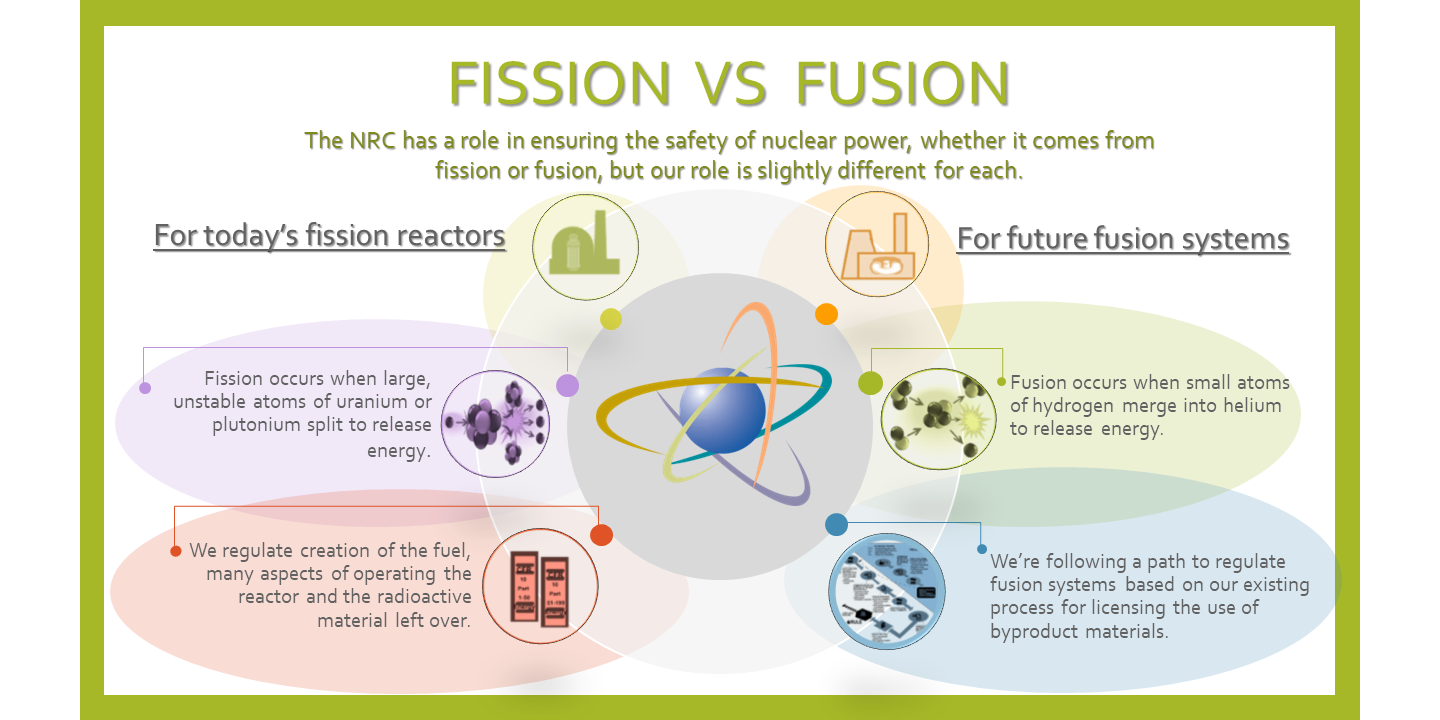

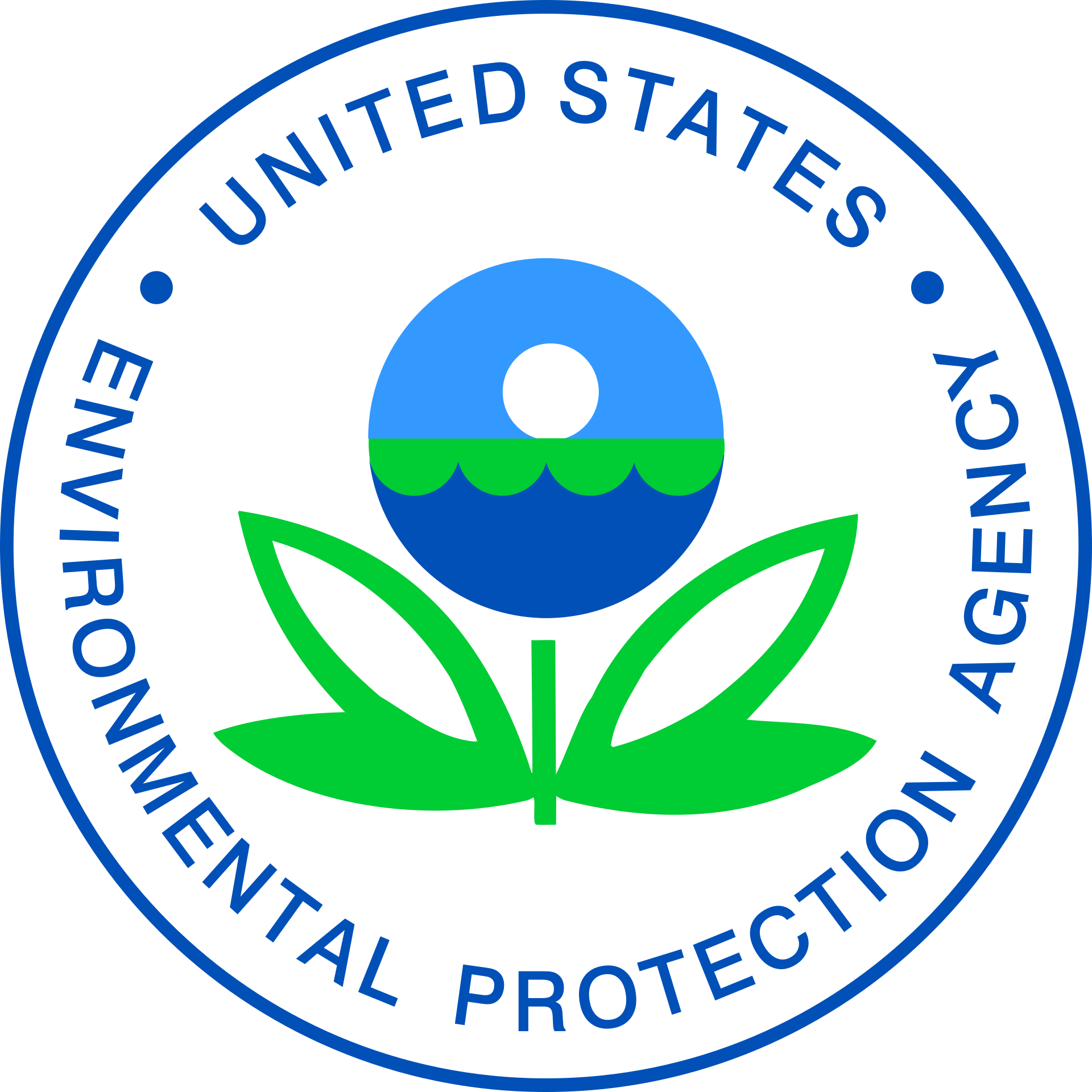
.jpg)
